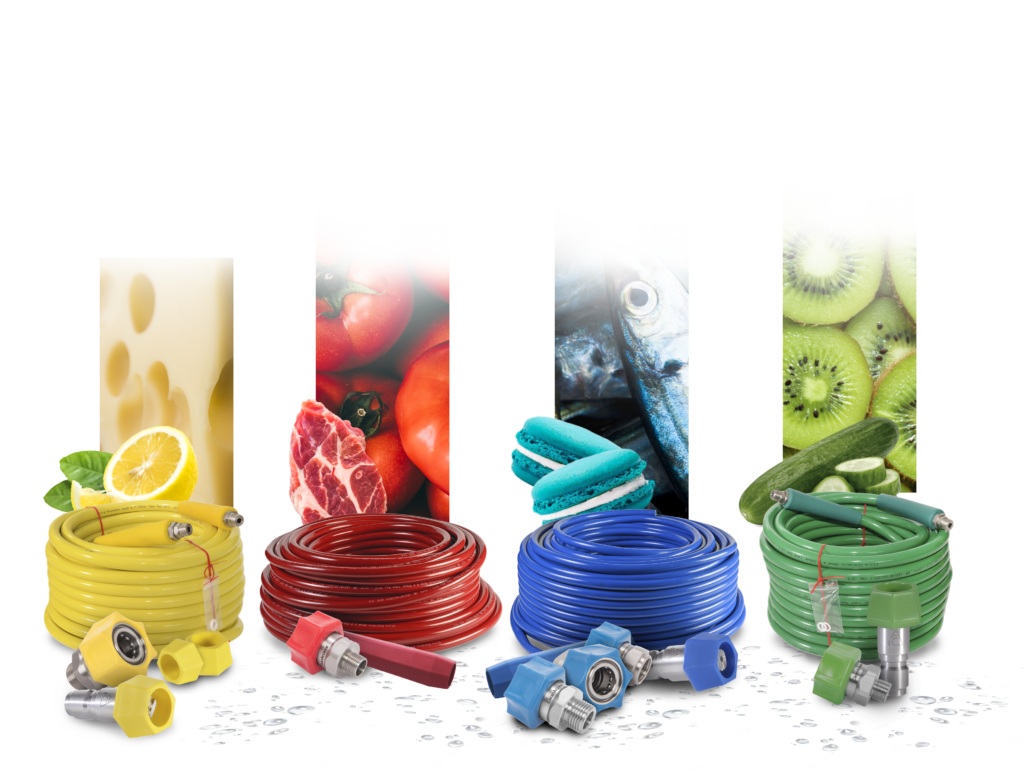Colour-coding is an important part of any food safety program. Not only does it help to prevent crosscontamination due to pathogens, allergens and foreign pollutants, colour-coding has got also many other uses. In connection with growing number of government regulations, it is important that food processing plants are up to date with current trends and best practices to become market leaders. Implementing a colour-coding program is a great way to achieve this goal.
COLOR-CODING
WHAT SHOULD YOU KNOW ABOUT COLOR-CODING?
- All types of food processing plants can use colour-coding.
- Colour-coding helps to prevent cross-contamination in the food processing plant.
- Colour-coding helps to distinguish critical zones and control points.
- Colour-coding programs are positively rated by auditors and clients.
RULES FOR IMPLEMENTATION OF COLOR CODING
- Limiting the number of colors to max 3-5 in small or medium facilities.
- Choosing contrasting colors in neighboring areas to avoid mistakes.
- Assigning of colors in logical way – white is associated quickly with e.g. flour, but if someone drops the tool into the product, it will be more difficult to find it.
- It is not recommended to apply complicated color combinations – use only one color per zone. Immediate recognition is one of the greatest advantages of color-coded tools.
- Laser marking/hallmarking of tools to strengthen information and/or supplement it. Laser marking eliminates ambiguities and mistakes, especially in companies that employ people with a disorder of color recognition (color blindness).
- Start the program for the entire enterprise plant at the same time to avoid confusion. Make all changes to tools together with the implementation of an information program for employees. Only then can you eliminate any threats and check that coding works and benefits.
- You must be consistent in monitoring of the application of the color coding program.





